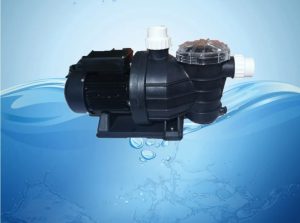How Can Changes In Weather Affect A Piano?

Playing your grand piano can keep you and your audience entertained for decades to come. However, you have to take its maintenance very seriously and clean it on a regular basis. Most importantly, you need to protect your musical instrument from extreme weathers. Fortunately, there are different ways you can protect your grand piano from weather damage. This can also reduce the number of costly repairs. Whether you are playing it daily, it is stored or you are moving piano to a new place, you need to maintain an ideal temperature and humidity level.
When you are looking for piano movers, make sure that they have installed some sort of climate control system for maintaining the right level of humidity and temperature. Same goes when you are looking for piano storage services. You should also keep a watch on the day-to-day conditions in your piano room.
How Can Weather Conditions Affect the Piano?
Weather conditions can have a significant impact on a piano due to its sensitivity to humidity and temperature changes. Here’s how weather can affect your piano:
Humidity Changes:
- High Humidity: Causes the soundboard and wooden parts to swell, leading to sticky keys, sluggish action, and potential structural damage.
- Low Humidity: Results in shrinking of wood, leading to loose tuning pins, cracked soundboards, and buzzing or rattling sounds.
Temperature Fluctuations:
- Extreme Heat: Can cause glue joints to weaken, leading to keys becoming loose or detached.
- Extreme Cold: Slows down the action and responsiveness of keys and dampers, affecting playability.
Tuning Stability:
- Weather changes can cause the wooden parts to expand or contract, affecting the tension on the piano strings. This leads to the need for more frequent tuning adjustments.
Finish Damage:
- Direct sunlight can fade and damage the piano’s finish over time.
- Excessive humidity or moisture can lead to mold or mildew growth on the exterior.
Action Regulation:
- Fluctuations in humidity and temperature can cause the action (the mechanism that connects the keys to the hammers) to swell or contract, affecting touch and responsiveness.
Soundboard and Strings:
- Changes in humidity can affect the soundboard’s crown (curvature), impacting the piano’s tone and volume.
- Humidity fluctuations can also cause rust on the strings, affecting the clarity and richness of the sound.
Structural Integrity:
- Extreme humidity or dryness can lead to cracks in the soundboard, bridges, or other wooden components.
- Sudden changes in temperature can cause the piano’s wooden parts to warp or crack.






